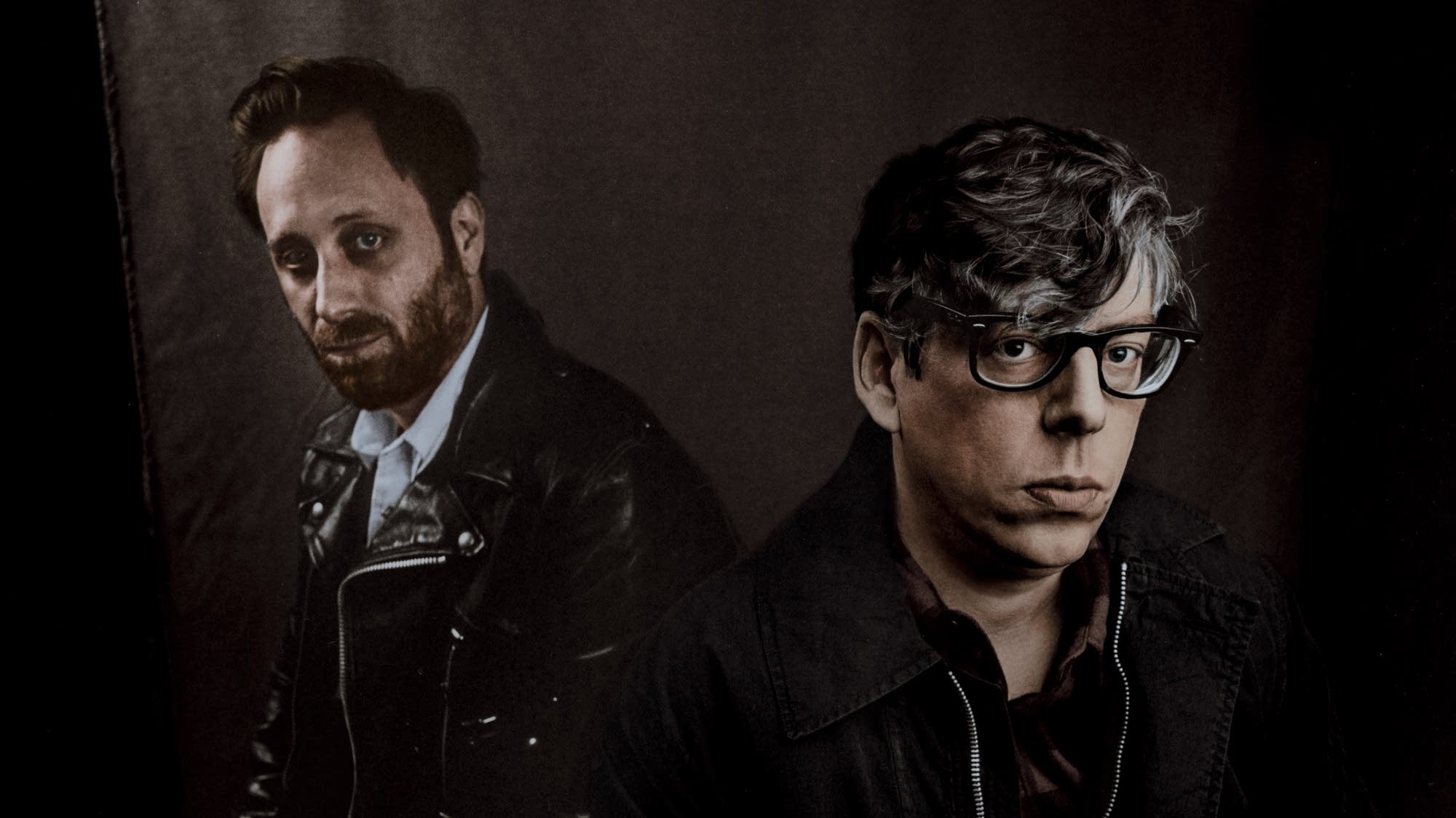

We didn’t even know what producing was until we worked with a producer. “I think at the time we didn’t really know what the terminology was. “I mean, I would say technically I didn’t produce those records,” Carney stresses. Both members of the Black Keys are now individually renowned as producers of other artists (of which more later) and say that the drummer’s producer status on their initial albums was the result more of youthful innocence than any grand scheme.
/the-black-keys-attack-and-release-58b8e5dd3df78c353c253025.jpg)
“And that became our demo and that’s when the band started, ’cause we just had so much fun recording.”įor The Big Come Up and its 2003 successor Thickfreakness, Carney took a producer credit. “I just set up the mics and we recorded a bunch of songs,” Carney remembers. Instead, Carney and Auerbach began playing together, instigating the formation of the Black Keys. Fatefully for the two, the other members of Auerbach’s group didn’t turn up. The pair first starting working together when Carney, already a recording enthusiast, invited singer/guitarist Dan Auerbach down to his home studio to record the latter’s rock covers band on his Korg D12 digital workstation. Their commercial progress has been mirrored by their recording history, which began with the two jamming in 2001 in the basement of drummer Patrick Carney’s house to create their 2002 debut The Big Come Up and which this year saw them complete their eighth album Turn Blue at Sunset Sound Studios in Los Angeles. The Black Keys have built a career on a shared love of studio experimentation.įrom their high–school beginnings in Akron, Ohio, to their current standing as one of the most successful rock bands in the world, the Black Keys’ career has been a long, slow climb.

The Black Keys: Dan Auerbach (left) and Patrick Carney at Auerbach’s Easy Eye Studio in Nashville.


 0 kommentar(er)
0 kommentar(er)
